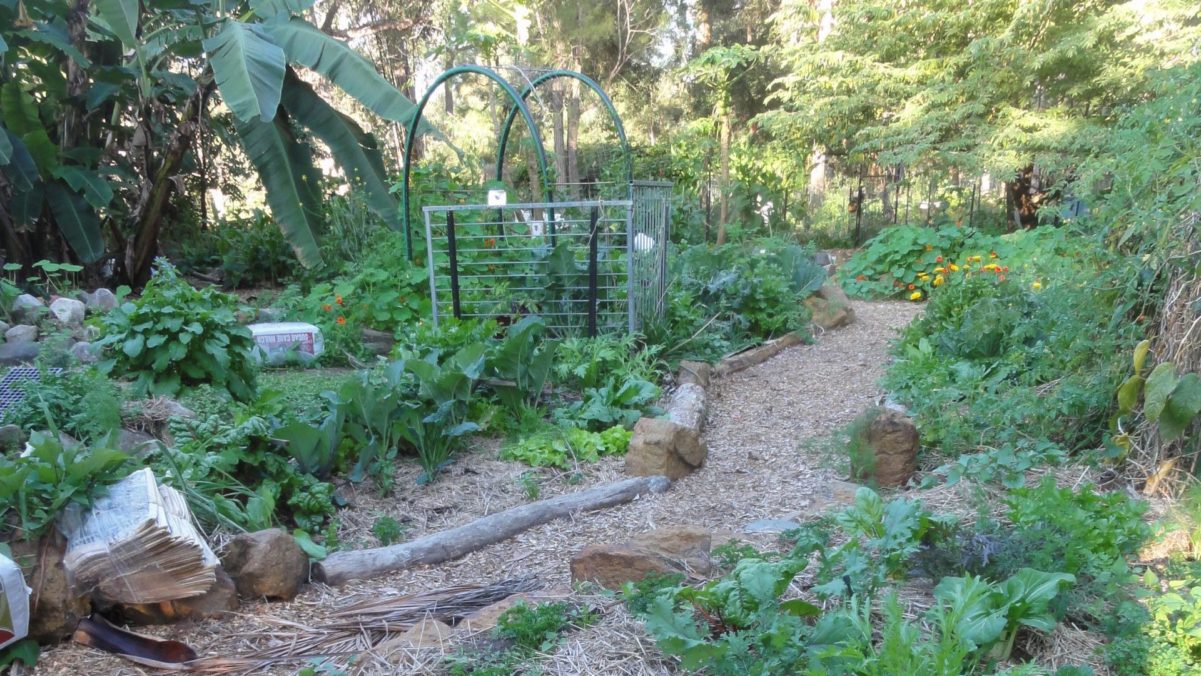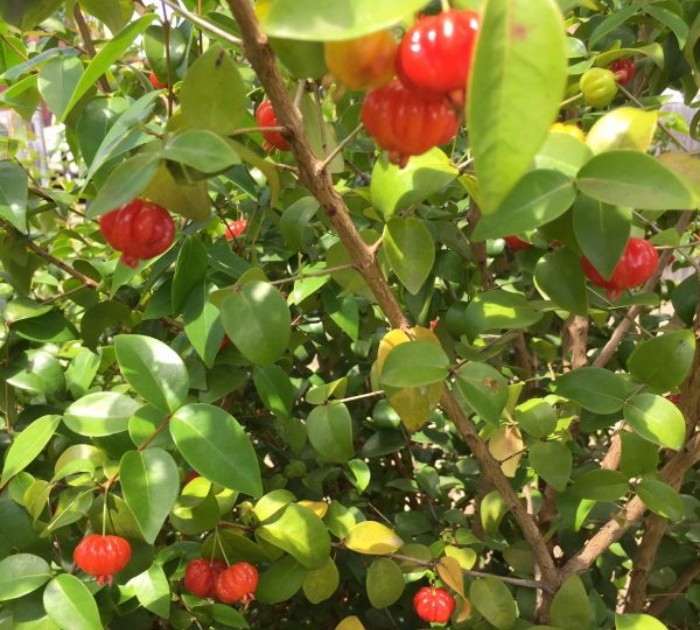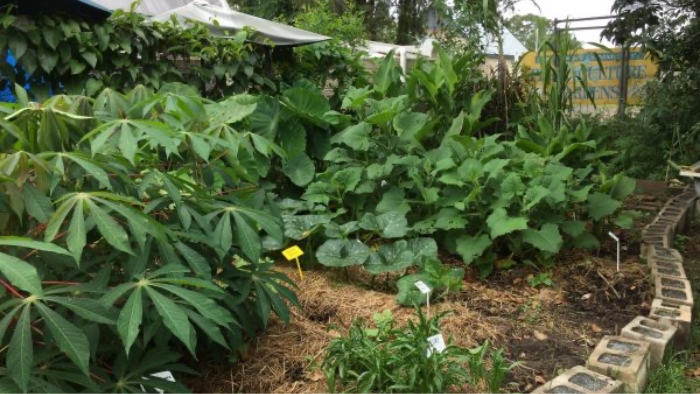
Why organic gardening? What’s so good about it?
You are only as healthy as your soil. Your food is only as nutritious as the soil it is grown in. Most of the food you purchase is grown in lifeless soils with a toxic load of chemicals on them – soil destroying and human health depleting.
I feel more than ever we need to take some control over our food supply and be growing as much as we can at home or at a community space. We need to remember food is ancient knowledge. Every time we consume something it has a specific role in our body to keep us healthy or assist in breaking down toxins in our body. Plants are truly magical.
The priority in growing organic food full of nutrients and life force is getting your soil right. What does that mean? Feeding (encouraging) the microbes and worms in the soil that is the nutrient factory for the roots of the plants. The more nutrients available to a plant, the stronger the plant, which is then pest and disease resilient. Plants grown in soil alive with beneficial micro-organisms transfer those health benefits onto you when you eat that food bursting with flavour, nutrients and health.
How do we do this?
Set up your vegetable garden space then add:
- organic matter to provide food for your plants. Compost is our first go to. A hot compost will produce high quality compost in as little as 18 days; cold systems take longer to break down.
- worm castings – easy to manufacture at home. Set up some housing for composting worms in a bath or a worm farm container and feed them small scraps. In no time at all, you will have castings to add to your food garden.
- microbe product – available in dry or liquid form.
- rock minerals – Australian soil are depleted and need minerals added. Available from produce stores or plant nurseries.
- Mulch – always cover your soil. For food gardens use a hay mulch about 5cm deep of sugarcane, lucerne or pea.
- water – diluted seaweed solution.
Each year grow a ‘green manure’ crop (specific legumes, grasses, and grain) in your garden beds to provide food for the beneficial micro-organisms in the soil. This will increase the nutrients available for growing healthy crops in the future.
Mix up your planting – avoid mass planting which can attract pests (smorgasbord of their favourite food all in one place!!). Plant what is appropriate to your season and location/zone.
Aftercare: When you first plant your seedlings or seeds water with diluted seaweed mix. Repeat the water/seaweed solution one week later and then every 1-2 weeks.
Harvesting your organic food:
Pick your food first thing in the morning when the energy is rising – just like the sun – when it has the most potency in nutrients. Root crops can be pulled out in the middle of the day. Only harvest what you need – for example, with lettuce pick the outside leaves, allowing leaves to continue to grow from the middle. Do not pull out the plant when fully harvested; cut it off at ground level and leave roots in the ground to rest that space and provide food for our underground workers (worms, etc.).
Full instructions on making different types of compost, worm farms and best plants to grow and how, all available in Eat Your Garden – Organic gardening for Home and Schools or DVD Edible School Gardens instructional organic gardening DVD. You can book me to speak at gardening events.



